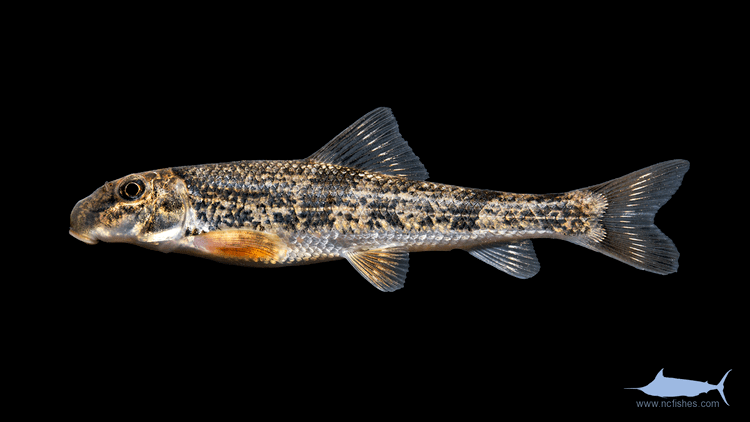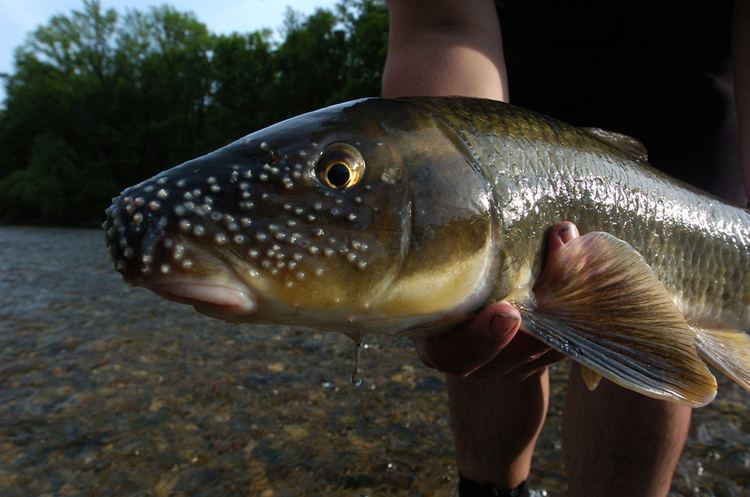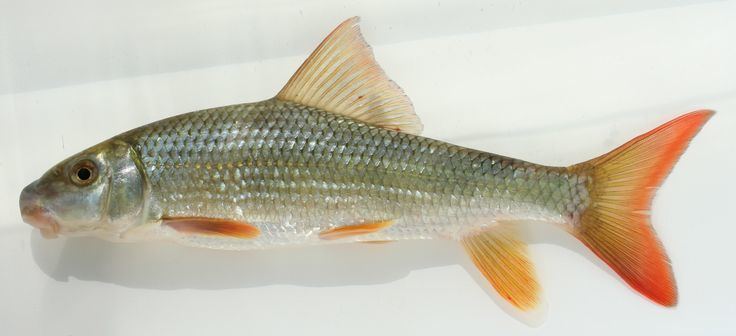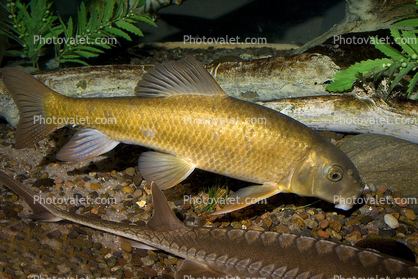Scientific name Catostomidae Phylum Chordata | Suborder Cobitoidea Rank Family | |
 | ||
Lower classifications | ||
The Catostomidae are the suckers of the order Cypriniformes, with about 78 species in this family of freshwater fishes. The Catostomidae are primarily native to North America, but Catostomus catostomus is found in both North America and Russia, and Myxocyprinus asiaticus is from China. They are not usually fished recreationally; they are not highly prized in North America for their flesh, although they are a fairly popular target with spear fisherman, and in some areas, such as the Ozarks, they are a common food fish.
Contents

Description and biology

The mouth of this fish is located on the underside of its head (subterminal), with thick, fleshy lips. Most species are less than 60 cm (2.0 ft) in length, but the largest species (Ictiobus and Myxocyprinus) can surpass 100 cm (3.3 ft). They are distinguished from related fish by having a long pharyngeal bone in the throat, containing a single row of teeth.

Catostomids are most often found in rivers, but can be found in any freshwater environment. Their food ranges from detritus and bottom-dwelling organisms (such as crustaceans and worms), to surface insects and small fishes.
Fossil record

Catostomidae have been uncovered and dated to the Middle Eocene in Colorado and Utah. An enormous gap (36.2 million years) in the fossil record occurs from the Late Eocene to Early Pleistocene
As food

They can be taken by many fishing methods, including angling and gigging. Often, species such as Catostomus commersonii and Hypentelium nigricans are preferred for eating. They can be canned, smoked, or fried, but small incisions often must be made in the flesh (termed "scoring") before frying to allow small internal bones to be palatable.
